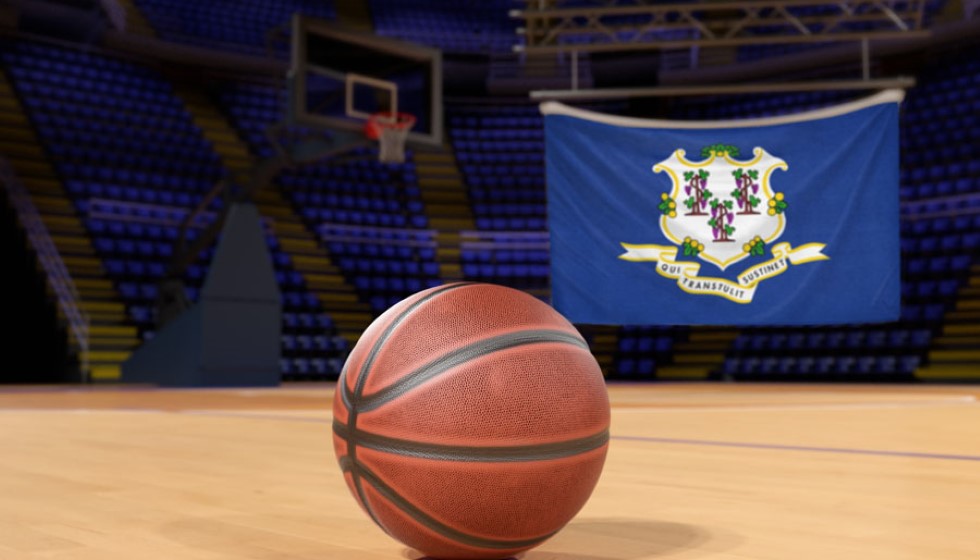
Navigating a New Chapter: The Philadelphia 76ers' Experiment with Smaller Lineups
In a season rife with challenges, the Philadelphia 76ers are finding themselves in uncharted territory. With their star center, Joel Embiid, sidelined, along with veteran Andre Drummond, the team has embraced an innovative approach to their lineup. At the heart of this experiment is the use of smaller, more dynamic formations designed to exploit agility and versatility over traditional size.
The mantle of the starting center has been assumed by Guerschon Yabusele, a move that has set the stage for a new style of play. Not far behind, handling the responsibilities of anchoring the second unit, is Adem Bona. The absence of conventional big men has prompted the Sixers to employ a daringly centerless formation, a tactic that was on full display during their recent 123-115 loss to the New Orleans Pelicans.
Enter Paul George, the perennial All-Star known for his exceptional perimeter defense. At 6-foot-8 with a 6-foot-11 wingspan, George is a key figure in this unconventional lineup that also features Tyrese Maxey, Ricky Council IV, Kelly Oubre Jr., and Caleb Martin. This formation underscores Coach Nick Nurse's strategic pivot towards smaller lineups, a trend that has been gaining traction across the NBA, notably with teams like the Boston Celtics.
For George, the transition to this new role has been an intriguing, albeit challenging, experience. "It's different," George admits. "I'm used to scrapping and running around and chasing and fighting through screens." The All-Star, often tasked with guarding the league's most prolific scorers on the wing, now finds himself adjusting to different defensive responsibilities, primarily necessitated by the Sixers' current roster situation.
The 76ers’ adaptability is being tested as they navigate this period without the dominant presence of Embiid. George candidly shares his feelings about playing the 5, stating, "To be honest, I'm bored playing on a 5. It just don't do enough for me." His preference lies in the thrill of defending smaller, quicker players, matching up against offensive threats on the perimeter—a role he relishes: "I enjoy chasing the little guys and matching up against wing offensive players."
Coach Nurse's strategy is emblematic of a growing shift in the league, where speed and versatility increasingly trump the traditional emphasis on size and strength in the paint. By leveraging players like George in non-traditional roles, the Sixers are embodying a modern basketball philosophy that prioritizes flexibility and matchup advantages.
Yet, implementing such a strategy is not without its challenges. The adjustment period comes with inevitable growing pains, as was evident in their contest against the Pelicans. The 76ers' defense, while nimble, struggled to hold back a well-executed offensive performance from New Orleans. But beyond the immediate setbacks, the potential long-term benefits of nurturing a roster adept in multiple styles of play are tantalizing.
This approach tests not only the physical attributes of the players but also their mental acuity in adapting to evolving tactical demands. Players are required to bridge the gap between their natural instincts and the necessities of their newly assigned roles, a task that demands both patience and discipline.
Off the court, the Sixers’ experiment is sparking discussions about basketball's ongoing evolution. The success or failure of such a lineup could influence broader strategic trends across the league. Teams are paying close attention to how the Sixers handle this unique challenge, particularly as they await the return of their key big men.
For now, as the 76ers continue to explore and refine this approach, the emphasis remains on flexibility and resilience. Undoubtedly, once Embiid and Drummond are back in the fold, the lessons learned during this period could prove invaluable, offering the team an expanded tactical toolkit that they can deploy at critical junctures throughout the season.
In this grand experiment, the 76ers are not only learning to survive without their marquee players; they are striving to thrive, setting a new precedent for adaptability and innovation in the NBA. The coming weeks will be a test of whether this bold strategy can translate into sustained success as they search for their identity in the ever-evolving landscape of professional basketball.